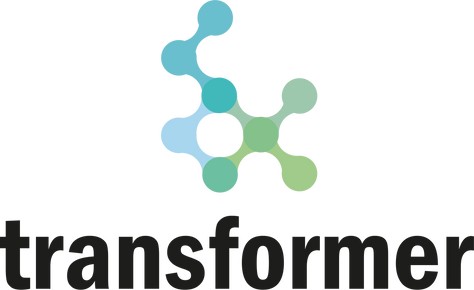The Transitioncamp serves as an open day event, bringing together all the stakeholders of the Transition Super-Lab (TSL) in a collaborative setting. The primary purpose of this gathering is to facilitate effective communication and foster a common understanding of the TSL approach among the various parties involved. One crucial aspect of the Transitioncamp is that it is conducted in the local language, ensuring that everyone can participate comfortably and express themselves clearly. By organizing the Transitioncamp in the local language, the TSL aims to bridge any potential language barriers and create an inclusive environment. This linguistic alignment plays a pivotal role in aligning the objectives of the TSL with the stakeholders. It allows for seamless interactions, encourages active participation, and ensures that all ideas and perspectives are heard and understood.
Based on each TSL pathways, the Transitioncamp can be useful during different phases of the roadmap (Activity 1.1, 1.4, 2.1, 2.2, 3.1, 3.2, 4.1, 4.2, 5.1, 6.1, 7.1, 9.3, 10.2 and 11.3). For instance, at initial stage, the Transitioncamp serves as a tool for stakeholders to gain a comprehensive understanding of the TSL’s objectives, its scope, and the expected outcomes. During the Transitioncamp, stakeholders have the opportunity to engage with one another, exchange insights, and collectively define the objectives of the TSL. By aligning their goals and aspirations, the stakeholders can develop a shared vision and work towards a common purpose. This alignment is crucial for the success of the Transition Super-Lab, as it establishes a foundation of cooperation and collaboration among all involved parties. At a later stage can be useful to: (i) deepening the knowledge developed at beginning, which means diving into specific aspects of the TSL and thus help the stakeholders in getting a more nuanced understanding; (ii) refining objectives since normally objectives of a project can evolve as it progresses; (iii) developing a concrete strategies and action plans to reach those objectives; (iv) tackling specific challenges that have arisen since stakeholders’ initial involvement; (v) fostering the networking opportunities initiated at the early stage.
Through presentations or “game-storming” techniques and interactive sessions, participants can delve into the details of the project, ask questions, and provide valuable input. This open dialogue helps to refine the objectives and ensures that they are well-defined, achievable, and aligned with the needs and expectations of the stakeholders.

